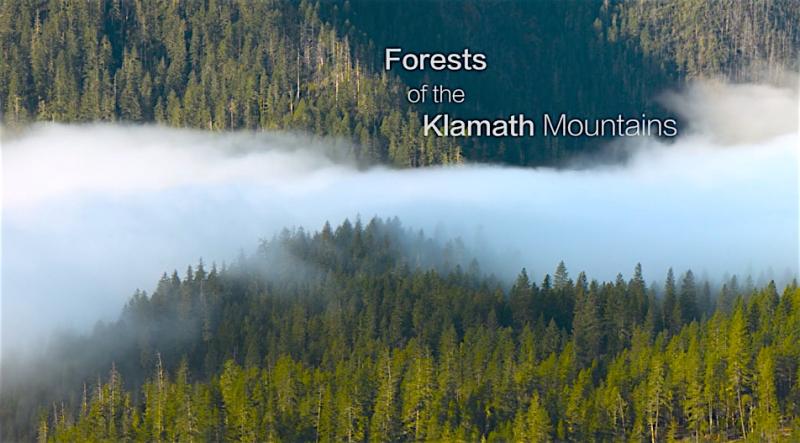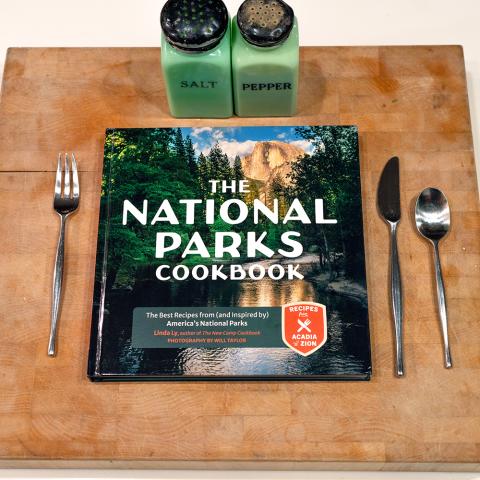Editor's note: As part of National Parks Traveler's Centennial Series, noted author and conservationist George Wuerthner takes a look at how the National Park System can continue to grow in the National Park Service's second century.
America can be justly proud of many accomplishments, from its emphasis on democratic ideals to its promotion of equality and justice for all its citizens. But perhaps one of the nation’s greatest contributions to the global marketplace of ideas is the national park.
Starting in 1872 with the establishment of Yellowstone National Park, our National Park System has grown to more than 400 units, including such iconic landscapes like Yosemite, Denali, Grand Teton, and Acadia, as well as cultural/historic sites like Gettysburg and Valley Forge. However, just as the United States has not achieved full justice or equality for all its citizens, our National Park System is a work in progress.
Why National Parks?
The National Park Service “Organic Act” directs parks “to conserve the scenery and the natural and historic objects and the wild life therein and to provide for the enjoyment of the same in such manner and by such means as will leave them unimpaired for the enjoyment of future generations.”
Furthermore, the agency is required to defer to protection “when there is a conflict between conserving resources and values and providing for enjoyment of them, conservation is to be predominant.”
As a consequence, national parks are internationally recognized as the gold standard for conservation.

National parks safeguard native wildlife, clean water, clean air, geological wonders, intact ecosystems, and historic sites. National parks are also engines of economic activity and sources of local and national pride. With the 100-year anniversary of the National Park Service looming, we need to add new national park units, particularly in the Eastern United States, and expand many other areas to fully protect the values for which they were established.
Many national parks do not encompass complete ecosystems, nor are large enough to ensure habitat for wide-ranging wildlife such as wolves, as well as ecosystem processes like wildfire, floods, and other natural ecological events. More intensive development is occurring on lands adjacent to our existing parks. Oil and gas development, logging, livestock production, solar and wind development, and transmission lines are all fragmenting and degrading lands managed by the Bureau of Land Management, Forest Service and U.S. Fish and Wildlife Service.
Private lands are also being subdivided, as well as experiencing many of the same threats as on public lands.
Hunting and trapping of predators and other wildlife regularly occurs on these other public and private lands, but, with rare exceptions, are prohibited on national park lands.
Half For Conservation
Scientists, including the eminent Harvard biologist E.O. Wilson, are now suggesting that at least 50 percent of the Earth should be protected to maintain native ecosystems and biodiversity. However, America falls well short of this goal, with less than 6 percent of the coterminous United States protected in nature reserves. And of this acreage, approximately 1.5 percent of the land in the lower 48 states is preserved in the park system (the bulk of national park acreage is in Alaska). Due to this lack of overriding protective status, one study concluded that 126 of our ecosystems were endangered or threatened.
Even in the lower 48 states, the distribution of park units is not uniform. The majority of national park lands are in the western United States, while the bulk of the U.S. population is east of the Mississippi River. Just these statistics alone argue for creation of new national parks, particularly in the eastern United States. But it also means many ecosystems are not well-represented in the park system.
In many cases, park expansion can be accomplished by transfer to the National Park Service other public lands managed by the Fish and Wildlife Service, U.S. Forest Service, or the Bureau of Land Management. As has been noted, many conflicting and degrading uses are permitted on these other public holdings. In other instances, purchase of private lands from willing sellers such as in the Maine Woods offers great potential for creation of new parklands.
For instance, Yellowstone National Park should be expanded to the north and west by transfer of some of the Gallatin National Forest to the Park Service so that bison and wolves migrating out of the park are not subject to continual harassment and killing. Theodore Roosevelt National Park and Dinosaur National Monument should be enlarged to protect them from oil and gas fracking. Olympic National Park and North Cascades National Park should be enlarged to protect old growth forests from logging. Biscayne National Park and Saguaro National Park should be expanded to protect them from encroaching urban development. And Mojave National Preserve should be expanded to preclude massive solar energy developments in the desert.

The "Big Bend" area along the western coast of Florida should be considered for national park status/USGS
New ecosystem-based national parks designed to protect specific representative ecosystems could include the proposed Maine Woods National Park/Monument to encompass representative northeastern hardwood forests, or the Kissimmee Prairie Grasslands in Florida.
Large tracts of sagebrush steppe could be protected to ensure survival of the sage grouse including the Thunder Basin and Red Desert areas of Wyoming, and the expansion of the Sheldon-Hart Wildlife Refuges on the Oregon-Nevada border into an expanded Sagebrush Steppe National Park.
Recent studies have concluded that the old growth coniferous temperate rainforest along the Pacific Coast are among the best ecosystems for carbon sequestration. Large acreages of these forests could be protected from logging by inclusion in a Tongass National Park (Alaska) or Ancient Forest National Park along the coastal areas of southern Oregon and northern California.
Lest we forget, many marine areas and marine wildlife would benefit from national park status. For instance, marine areas that could be given national park status include Bristol Bay in Alaska to protect salmon, Big Bend region of Florida to protect mantees and many sea birds, and Georges Bank off the coast of Massachusetts to protect whales and other fish.
Cultural And Historic Parks
Although the large landscape parks like Yellowstone and Great Smoky Mountains national parks are the iconic image of the park system, a surprising two-thirds of park units are set aside to promote and protect historical, architectural, or archaeological resources. For instance, cultural and historic sites like Little Bighorn Battlefield National Monument, Philadelphia’s Independence Hall National Historical Park, and Chaco Canyon’s Native American dwellings.
Because of the National Park Service’s unparalleled expertise, Congress has charged the agency with maintaining the National Register of Historic Places, which has more than 89,000 listings. There are countless historic and cultural sites that could be added to the park system to tell the American story.
New Parks For People
But new parks can also be justified in terms of access to nature for people. Creation of new parklands close to major urban centers should be a major thrust of the new national parks movement. Among the areas that could be nominated for urban parklands are the White Mountains of New Hampshire (Boston), Mount Hood (Portland), and the Ohio Valley along the borders of Indiana, Ohio, Kentucky and Illinois, and the Midewin National Tallgrass Prairie near Chicago could be greatly expanded. The Apalachicola-Chattahoochee-Flint Rivers near Atlanta, Georgia should also be given national park status.
Expansion And Creation
America has the opportunity to expand and create new national parks to continue the tradition of preserving the best of the country’s landscapes and cultural/historic sites. This is an opportunity we cannot neglect.
George Wuerthner has published 38 books including many dealing with national parks and conservation issues. He has personally visited approximately half of the national park units in the United States.






 Support Essential Coverage of Essential Places
Support Essential Coverage of Essential Places







Comments
We agree with you George. Been camping for 40 years. Mostly on the west coast. Living in California we have a lot of opportunity to see Utah, California, oregon,Washington,, Idaho, Montana and Wyoming. Newly retired we're just getting started.